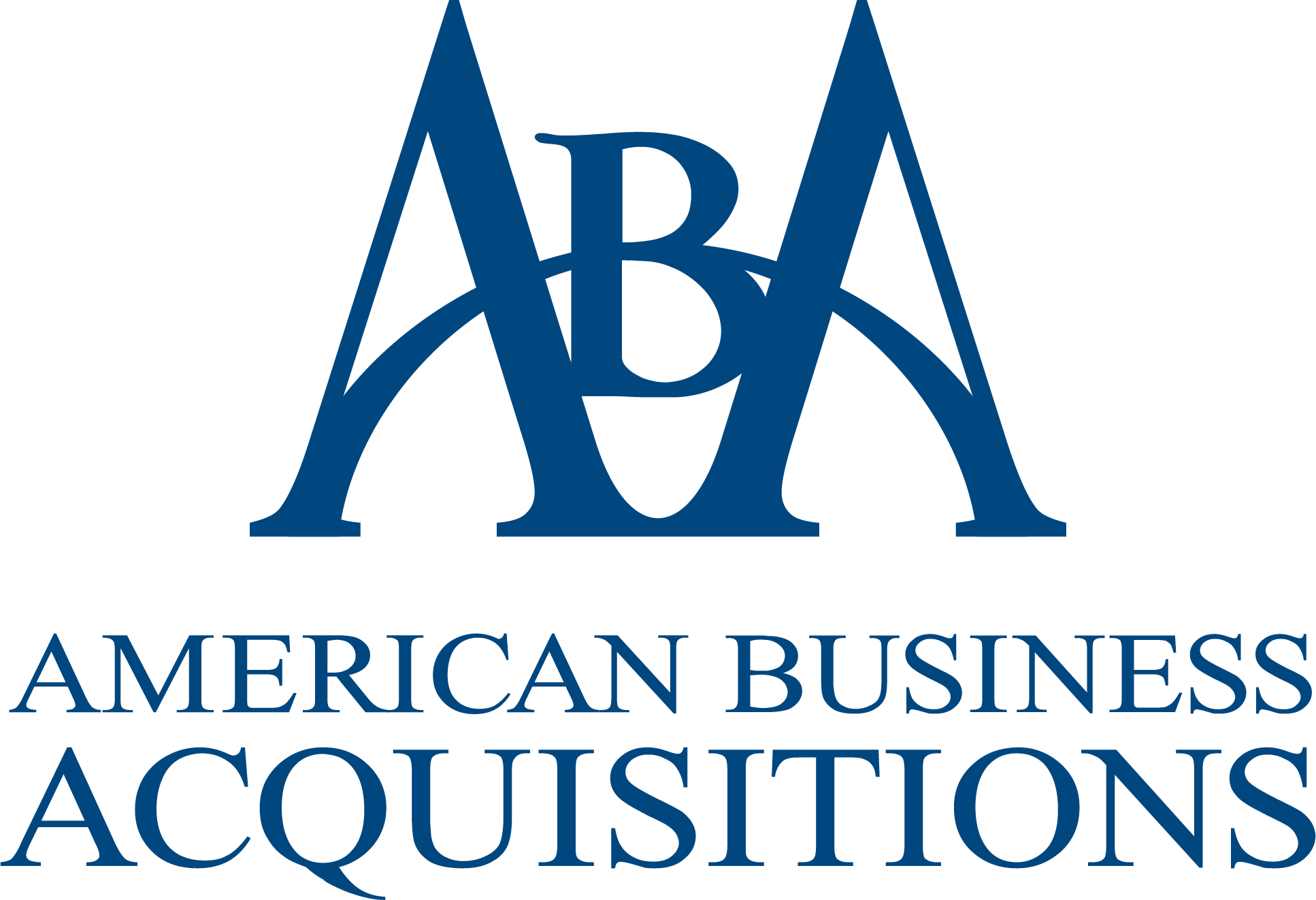Leasing rate factor is a little-known term that plays an immense role in businesses. The invisible puppeteer pulls the strings behind the scenes, influencing the cost of your lease and the trajectory of your business ventures.
This enigmatic phrase is more than simply a number. It represents the delicate dance between the lessor and lessee that decides who has the upper hand in a leasing deal. Understanding the ‘Leasing Rate Factor’ entails more than simply crunching statistics; it entails discovering the secrets of effective company leasing.
Consider being able to confidently negotiate your lease conditions. Consider knowing the ins and outs of your lease agreement to the point where you can manipulate it to work in your favor. This isn’t a fantasy; it’s a genuine possibility. And it all starts with knowing what the ‘Leasing Rate Factor’ is.
So, if you’re ready to take control of your business leases, delve into the captivating world of the ‘Leasing Rate Factor.’ Join us as we unravel its mysteries and expose the strategies that can put you in the driver’s seat in any lease negotiation. Knowledge is power, and it’s time to empower your business leasing.
Contents
Demystifying the Leasing Rate Factor

The Leasing Rate Factor is a critical element in business leasing, yet many remain oblivious to its importance. Let’s enlighten ourselves:
1. Understanding the Basics of the Leasing Rate Factor
A leasing rate factor, simply put, is the periodic lease payment expressed as a percentage of the equipment cost. It is pivotal in determining the monthly lease payments. Calculating and interpreting the leasing rate factor can give you a distinct advantage in lease negotiations. The equation used is as follows:
Leasing Rate Factor = Monthly Lease Payment / Equipment Cost
2. The Implications of the Leasing Rate Factor
While it may appear simple, the ramifications of the lease rate component are far-reaching. It determines not just the monetary side of your lease but also the lessor’s risk assessment and the time worth of money. A high lease rate factor may reflect a high perceived risk or a high cost of capital. On the other hand, a low lease rate factor may suggest the lessor’s aggressive pricing strategy or cheap cost of capital.
3. Influence of Market Conditions on the Leasing Rate Factor
The leasing rate factor is not set in stone; it is susceptible to fluctuations in market conditions. Changes in interest rates, for example, could lead to a corresponding shift in the leasing rate factor. An environment of rising interest rates often sees a corresponding increase in leasing rate factors.
4. Strategic Use of the Leasing Rate Factor
Understanding the leasing rate factor allows you to approach lease negotiations with a tactical mindset. For instance, knowing that the leasing rate factor includes an implicit interest rate, you can compare it against other financing options. This can help you determine whether leasing or buying is the better choice for your business.
By the end of this section, we hope to shed light on the importance and utility of understanding the leasing rate factor. It’s not just about numbers; it’s about seizing control and strategizing for optimal business outcomes.
The Dynamics of Business Leasing
Business leasing involves a range of elements that intertwine in intricate ways. To navigate these complex waters, a deep understanding of the dynamics is required:
Flexibility and Control with Business Leasing
Business leasing offers a cost-effective way for organizations to acquire critical equipment without requiring a substantial upfront capital investment. Furthermore, by giving the opportunity to upgrade equipment at the end of the lease period, leasing helps organizations stay nimble in the face of fast technological changes.
The Risk and Reward Calculus
From the lessor’s standpoint, business leasing is a delicate balancing act between risk and return. As previously discussed, the lease rate element gauges this equilibrium. High lease rate variables imply a more significant perceived risk and, as a result, a higher projected return. Understanding the interplay of risk and reward in commercial leasing agreements can assist lessors and lessees in reaching mutually advantageous terms.
Tax Implications of Business Leasing
Business leasing also comes with specific tax implications. Depending on the jurisdiction, businesses may be able to deduct their lease payments as a business expense. This tax deduction can significantly lower the net cost of the lease, providing yet another advantage of business leasing over purchasing equipment outright.
Evolving Market Trends

The dynamics of business leasing are also shaped by evolving market trends. In the wake of the COVID-19 pandemic, for instance, many businesses have found value in the flexibility provided by leasing. As a result, the Equipment Leasing and Finance Association reported an 11.2% increase in business volume for equipment leasing in December 2022 compared to the previous year.
In summary, the dynamics of business leasing are shaped by many factors, from the flexibility it offers to businesses to the risk-reward calculus, tax implications, and changing market trends. Understanding these dynamics can enable companies to make more informed and strategic decisions regarding equipment acquisition.
Interpreting the Leasing Rate Factor
Cracking the code of the leasing rate factor is an art form that requires a deep understanding of financial management principles. With this skill under your belt, you can make decisions that will propel your business toward greater profitability.
The Leasing Rate Factor: A Primer
Simply put, the leasing rate factor is the periodic lease payment amount expressed as a percentage of the total cost of the equipment. It indicates the lease’s cost and serves as a tool to compare different lease proposals.
The Underlying Assumptions
It is critical to realize that the lease rate factor depends on several assumptions. These include the equipment’s residual worth after the lease period, the cost of capital, and the lease’s perceived risk. Changes in these assumptions can considerably impact the lease rate factor.
The Leasing Rate Factor in Practice
In practical terms, the leasing rate factor provides a quick way to estimate the monthly lease payment for a piece of equipment. By multiplying the equipment cost by the leasing rate factor, businesses can estimate their monthly payment and effectively budget for it.
Unpacking the Implications
While the leasing rate factor is a handy tool for forecasting lease payments, it’s essential to recognize its limits. A cheap leasing rate factor, for example, may appear appealing at first look, but it may be accompanied by a hefty balloon payment after the lease. As a result, when considering lease bids, firms should use a holistic approach that incorporates factors such as the total cost of ownership rather than relying just on the leasing rate component.
According to a report conducted by The Equipment Leasing and Finance Association, 78% of U.S. firms lease or finance their equipment, emphasizing the necessity of knowing the leasing rate component.
In essence, the leasing rate factor is a pivotal tool in interpreting the cost and value of a lease agreement. But, its use should not overshadow a comprehensive financial analysis. By examining every aspect of a leasing contract, businesses can secure deals that support their strategic goals while mitigating potential financial risks.
How to Negotiate a Favorable Leasing Rate Factor
Negotiating a favorable leasing rate factor isn’t just about securing the lowest possible rate; it’s about understanding the nuances of the leasing process and making it work for your advantage. Here’s how you can navigate the negotiation process like a seasoned pro.
Do Your Homework
Before you can negotiate effectively, you must understand the market conditions, the typical leasing rate factors in your industry, and the specific characteristics of your desired equipment. Doing homework can give you the information needed to drive a hard bargain.
Understand the Lessor’s Perspective
The leasing company aims to make a profit while managing its risk. Understanding this can help you present your case in a way that aligns with the lessor’s objectives. This might include providing evidence of your company’s solid financial health or showing how the equipment will be used in a way that minimizes wear and tear.
Be Prepared to Walk Away
The capacity to walk away is a powerful asset in any discussion. If a lessor refuses to provide an acceptable lease rate factor, be prepared to look into alternative choices. There are perhaps alternative leasing firms that will provide better terms.
Engage Legal and Financial Advisors
The complexities of lease agreements often require expertise in financial and legal matters. Engaging experts in these areas can provide invaluable insights and ensure you don’t overlook potential pitfalls.
Review All Aspects of the Lease Agreement
The leasing rate factor is essential, but it’s not the only factor affecting a lease’s total cost. Other factors, such as end-of-lease terms, maintenance requirements, and insurance obligations, can also significantly impact the overall cost. Be sure to review these aspects of the lease agreement as part of your negotiations.
According to a report by Deloitte, 77% of respondents from various industries said they expect to negotiate more favorable lease terms due to increased competition among lessors.
The Role of Expert Assistance in Business Leasing
Mastering the complexities of the leasing process often requires a level of expertise that many businesses do not possess in-house. The services of an expert, such as a leasing consultant or a commercial real estate advisor, can be instrumental in securing a favorable leasing agreement.
Evaluation and Advisory
Business leasing experts can comprehensively evaluate your leasing needs and advise you on the best course of action. They assess factors such as the size and type of the property, market conditions, and your budget to provide actionable insights that align with your business goals.
Negotiation Support
It might be difficult to negotiate lease agreements. A lease specialist knows the complexities of the process and may provide crucial bargaining assistance. They understand the strategies used by lessors, the industry standard rates, and the legal language that might trip you up.
Ensuring Compliance and Fair Terms
Leasing contracts can be fraught with complicated legal language and terms that may not favor you. A leasing expert can ensure that the terms are fair, the lease complies with relevant regulations, and there are no hidden surprises.
Saving Time and Resources
Navigating the complexities of business leasing can be time-consuming. With an expert on your side, you can focus on what you do best – running your business while they handle the leasing process.
Ongoing Lease Management
Even after the lease is signed, an expert can provide valuable services, such as managing lease renewals, ensuring compliance with lease terms, and even renegotiating terms if market conditions change.
According to the Journal of Property Investment & Finance, businesses that utilized expert assistance in their leasing process reported a 15% improvement in overall lease conditions, including cost, flexibility, and legal protection.
Leasing vs. Selling – A Comparison
In the realm of business, the decision between leasing and selling assets, particularly real estate, can significantly impact financial standing and flexibility. Understanding the advantages and drawbacks of each approach is crucial for strategic planning.
Cash Flow
The primary benefit of selling an asset is the rapid flow of funds into your company. A lease, on the other hand, provides a consistent source of revenue over a longer length of time. Leasing may be the best solution for organizations looking for stable cash flow and risk avoidance. According to a National Bureau of Economic Research analysis, organizations that leased their assets had 15% more predictable cash flow than those that sold.
Control and Flexibility
When you sell an asset, you relinquish control over it entirely. Conversely, leasing allows you to retain ownership while benefiting financially. At the end of the lease term, the asset returns to you, providing the flexibility to lease again, sell, or utilize it as needed.
Tax Implications
The tax implications of selling vs. leasing can be significant. Generally, income from a sale is recognized immediately and can result in a substantial tax liability. On the other hand, lease payments are considered regular income, spreading the tax burden over the life of the lease.
Risk and Liability
Selling an asset transfers most risks and liabilities to the buyer. However, as a lessor, you may bear some ongoing risks, such as property depreciation or damages. This risk balance is a vital factor to consider in the leasing vs. selling decision.
Market Conditions
Market conditions can greatly influence the choice between leasing and selling. You might command a higher price for your asset in a seller’s market. However, leasing could be more profitable during a buyer’s market, providing steady income until market conditions improve.
Deciding whether to lease or sell business assets is a complex process, contingent upon various factors, including your business’s financial needs, market conditions, and potential tax implications. It’s essential to seek professional advice when making such a significant decision. The right choice can enhance your business’s financial health and strategic flexibility.
Conclusion
Deciphering the complexities of the leasing rate factor’s complexities, interpretation, and negotiation is undeniably a demanding task. But, with the right level of understanding, its potential benefits in business leasing are profound.
The decision between leasing and selling is complex, influenced by several factors such as cash flow needs, control preferences, risk tolerance, tax implications, and market conditions. It requires a thorough understanding of the associated dynamics, a balance of which can lead to optimal business outcomes.
Armed with this newfound understanding, you are now better prepared to traverse the challenging yet rewarding landscape of business leasing. The path to business growth is often paved with informed decisions, and understanding the leasing rate factor is undoubtedly crucial.

